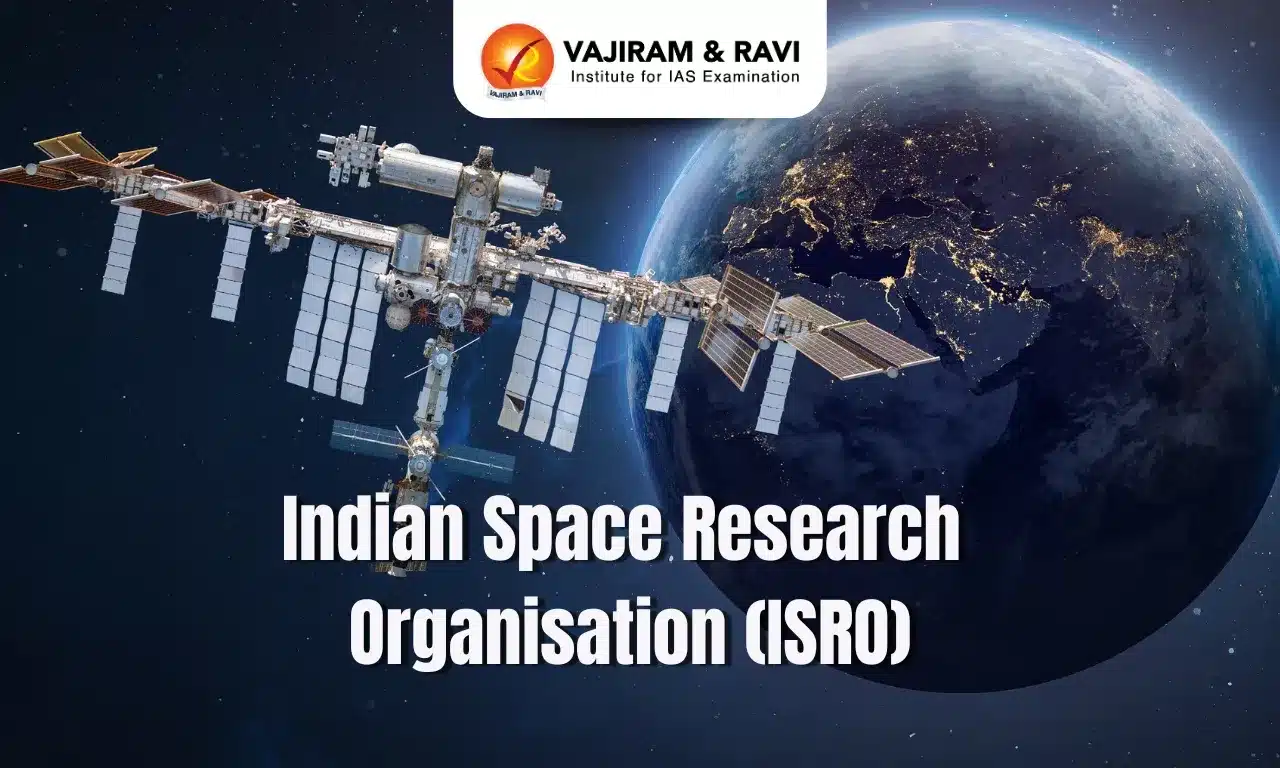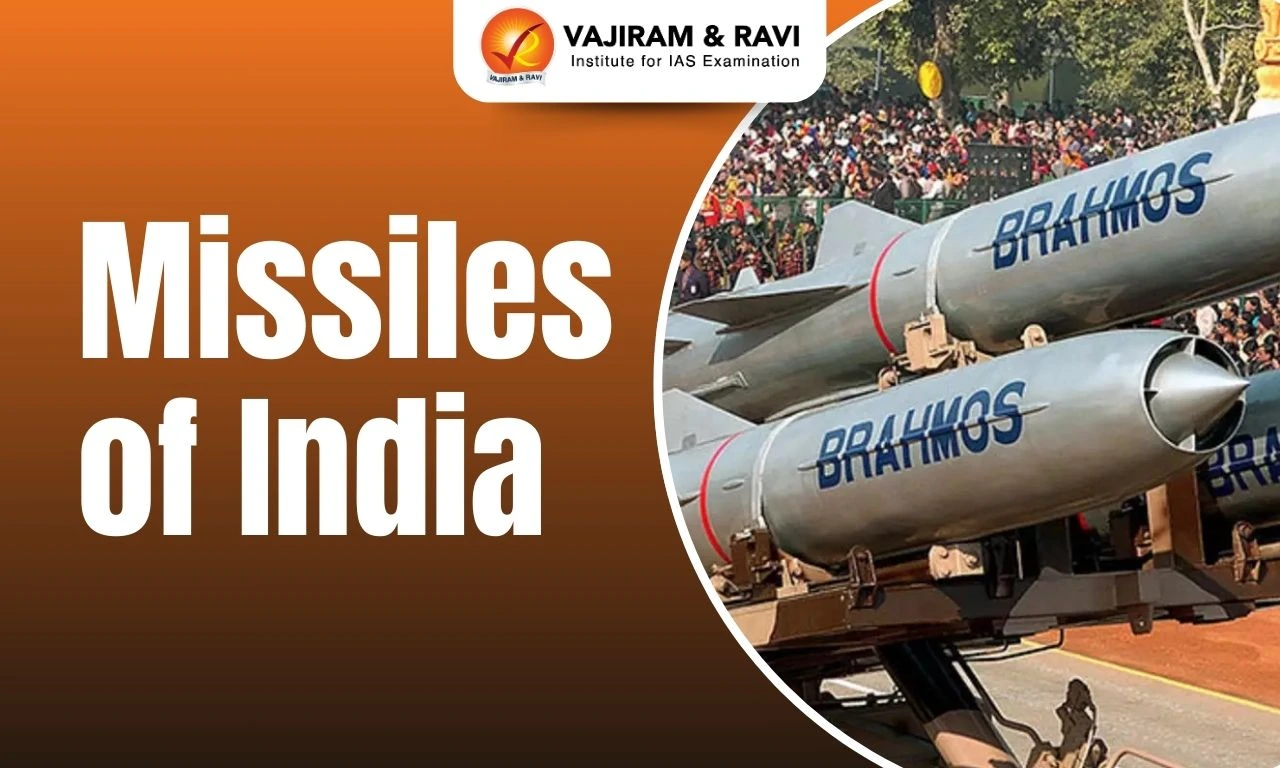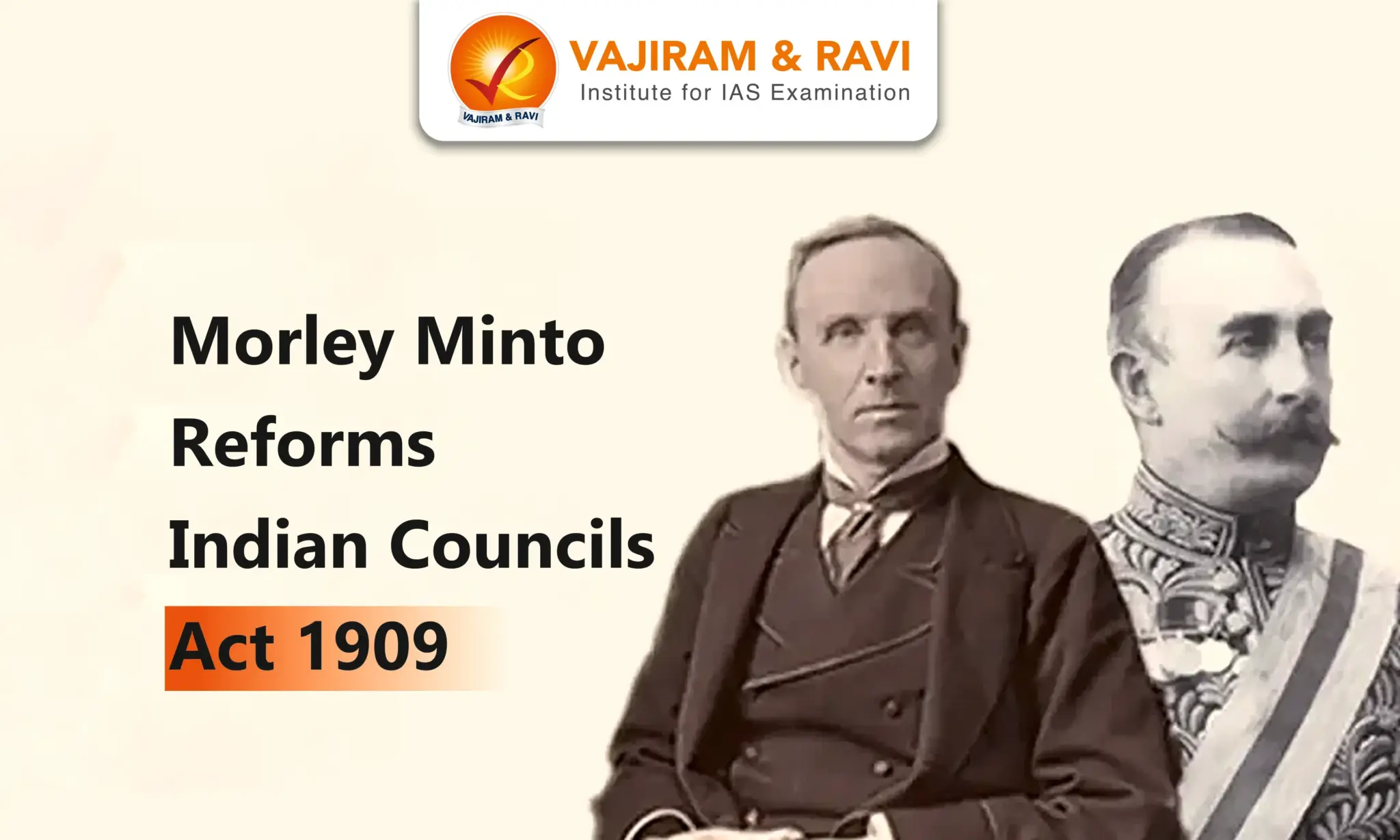The Indian Space Research Organisation (ISRO) is the space agency of India, responsible for the planning and execution of space-related activities in the country. ISRO is one of the most prominent and successful space agencies in the world, known for its cost-effective and efficient space missions. ISRO operates under the Department of Space, which reports directly to the Prime Minister of India. The department primarily executes the Indian Space Programme through various ISRO Centres.
Origin and History of ISRO
India's space research activities began in the early 1960s when satellite applications were still in the experimental stages even in the United States.
- Establishment of INCOSPAR: Recognising the need for space research, it was established in 1962 under the Department of Atomic Energy (DAE) at the suggestion of Dr. Vikram Sarabhai.
- It was instrumental in building the Thumba Equatorial Rocket Launching Station (TERLS) in Tamilnadu.
- The first sounding rocket (Nike-Apache) procured from the USA was launched from TERLS on November 21, 1963.
- It was instrumental in building the Thumba Equatorial Rocket Launching Station (TERLS) in Tamilnadu.
- Establishment of ISRO: ISRO was established on August 15, 1969, with headquarters in Bengaluru, to replace INCOSPAR with a broader mandate to harness space technology.
- Objective of ISRO: The primary goal is the development and application of space technology for various national needs.
- ISRO has established major space systems for various fields such as communication, television broadcasting, and meteorological services to achieve this goal.
Key Centres of ISRO
| ISRO Centres | Specification |
| Vikram Sarabhai Space Centre (VSSC), Thiruvananthapuram | Building of Launch Vehicles |
| U R Rao Satellite Centre (URSC), Bengaluru | Designing and Development of Satellites |
| Satish Dhawan Space Centre (SDSC), Sriharikota | Integration and launching of satellites |
| Liquid Propulsion Systems Centre (LPSC), Valiamala and Bengaluru | Development of liquid stages including cryogenic stage |
| Space Applications Centre (SAC), Ahmedabad | Sensors for Communication and Remote Sensing satellites |
| National Remote Sensing Centre (NRSC), Hyderabad | Remote Sensing satellite data reception processing and dissemination |
Various Missions and Satellites of ISRO
Since its inception, ISRO has made significant strides in the field of space exploration and technology. It has demonstrated its capability to undertake complex space missions with remarkable efficiency and cost-effectiveness, making India a prominent player in the global space community.
- Launch vehicles of ISRO: Launch vehicles are rocket-powered vehicles that transport a spacecraft beyond Earth's atmosphere, either into orbit around Earth or to another destination in outer space.
- Currently, the Polar Satellite Launch Vehicle (PSLV), Geosynchronous Satellite Launch Vehicle (GSLV), and Geosynchronous Satellite Launch Vehicle Mk-III (LVM3) are active operational launch vehicles in India.
- Experimental satellites: ISRO has launched a number of small satellites, primarily for research purposes such as Remote Sensing, Atmospheric Studies etc. For example:
- Aryabhatta launched in 1975 was India’s first satellite.
- Rohini Satellite RS-1 was the first experimental flight for the launch vehicle SLV3.
- Communication satellites: Communication satellites are man-made satellites that use transponders to send signals from one location on Earth to another.
- The Indian National Satellite (INSAT) system and GSAT Satellites are the primary communication satellites.
- With the launch of INSAT-1B in 1983, ISRO launched a major revolution in India's communications sector that has since been sustained.
- Earth observation satellites: Earth observation is the process of gathering data using remote sensing technologies to learn more about the physical, chemical, and biological systems of the planet Earth. Satellites used for this purpose are referred to as Earth observation satellites.
- Bhaskara-I launched in 1979 was the first experimental remote sensing satellite of ISRO for earth observations.
- IRS-1A launched in 1988 was the first in a series of indigenous remote sensing satellites. Since then, ISRO has launched multiple operational satellites for remote sensing.
- Other Earth observation satellites: Oceansat, CARTOSAT series, RISAT, EOS Series etc.
- Navigation satellites: A system of artificial satellites that can provide geospecific positioning anywhere in the world is known as a satellite navigation system.
- GPS-Aided GEO Augmented Navigation (GAGAN): It has been developed by ISRO for providing accurate satellite-based navigation services over Indian space.
- NavIC: It is an independent and indigenous regional navigation satellite system developed by ISRO to provide position, navigation and timing services.
- Small satellites: These satellites are under 500 kg in weight and serve as a platform for stand-alone payloads for earth imaging and science missions in a short time.
- Example: YOUTHSAT and Microsat.
- Space Explorations of ISRO: ISRO has made significant strides in space science and exploration missions.
- ASTROSAT launched in 2015 was the first dedicated astronomy mission of ISRO.
- Mars Orbiter Mission (Mangalyaan) launched in 2013 was the first interplanetary mission of ISRO to Mars.
- Chandrayaan-3 (Lander-rover mission for the moon)
- Aditya L1 mission (the first solar mission of ISRO).
- Upcoming missions: ISRO has planned to launch Gaganyaan (the first manned mission of ISRO) to demonstrate human spaceflight capability.
- Other future programmes of ISRO include X-ray Polarimeter Satellite (XPoSat), NASA-ISRO SAR (NISAR) Satellite and SPADEX (Space Docking Experiment).
Challenges and Opportunities of ISRO
The ISRO has achieved remarkable success and recognition on the global stage. However, it faces several challenges and opportunities as it continues to pursue its ambitious space endeavours.
Challenges faced by ISRO
- Budget constraints: Despite its cost-effective approach, ISRO operates on a limited budget compared to major space agencies.
- Allocating sufficient funds for ambitious missions like Chandrayaan-3 and Gaganyaan while maintaining financial sustainability is a challenge.
- While ISRO's annual budget has grown steadily and currently exceeds $1.45 billion, the demand for space-based services in India far surpasses what ISRO can provide.
- Globally limited share: Despite ISRO's impressive capabilities, India's share of the global space industry remains relatively small, estimated at $7 billion, which accounts for just 2% of the global market.
- Space debris management: With the increasing number of satellites and space activities, managing space debris becomes a significant challenge.
- Legislative vacuum: The draft Space Activities Bill introduced in 2017 lapsed, leaving a legislative vacuum in the space sector.
- Establishing clear and favourable legislation is vital to attract foreign and private investment, and provide regulatory clarity.
- Dependency on foreign satellites: Over a third of transponders used for Indian services are leased from foreign satellites, indicating a reliance on external resources. ISRO needs to reduce this dependence by enhancing its own satellite fleet and services.
- Lack of available talent: Another challenge that ISRO faces is attracting and retaining top talent in space science and engineering.
- The space sector has a high demand for skilled professionals, and competition from both domestic and international organisations is fierce.
Opportunities
- Market Growth: The global space industry is estimated to be worth $350 billion and is projected to exceed $550 billion by 2025.
- New Space Start-ups: "New Space" start-ups can play a crucial role in India's space sector by exploring end-to-end services and data applications.
- These start-ups align with government initiatives such as ‘Digital India’ and ‘Start-Up India’ and have the potential to thrive in the growing market.
- Small satellite revolution: ISRO's development of SSLV and the potential involvement of the private sector can make India a significant player in launching small satellites, which are in high demand globally.
- By 2030, 17,000 small satellites are expected to be launched globally.
- Legislation reform: Implementing clear and favourable space legislation can attract private investment and provide the necessary regulatory framework for the growth of the space sector.
- Future endeavours: ISRO is planning to launch its manned mission in Gaganyaan.
- Additionally, ISRO has an ambitious space programme to develop its own space station where astronauts could stay for 15–20 days.
Last updated on January, 2026
→ Check out the latest UPSC Syllabus 2026 here.
→ Join Vajiram & Ravi’s Interview Guidance Programme for expert help to crack your final UPSC stage.
→ UPSC Mains Result 2025 is now out.
→ UPSC Notification 2026 is scheduled to be released on January 14, 2026.
→ UPSC Calendar 2026 is released on 15th May, 2025.
→ UPSC Prelims 2026 will be conducted on 24th May, 2026 & UPSC Mains 2026 will be conducted on 21st August 2026.
→ The UPSC Selection Process is of 3 stages-Prelims, Mains and Interview.
→ UPSC Result 2024 is released with latest UPSC Marksheet 2024. Check Now!
→ UPSC Toppers List 2024 is released now. Shakti Dubey is UPSC AIR 1 2024 Topper.
→ Also check Best IAS Coaching in Delhi
Indian Space Research Organisation FAQs
Q1. What does the ISRO do?+
Q2. When was ISRO established?+
Q3. What is the main objective of ISRO?+
Q4. What are the launch vehicles of ISRO?+
Q5. What are some notable communication satellites developed and launched by ISRO?What are some notable communication satellites developed and launched by ISRO?+

















